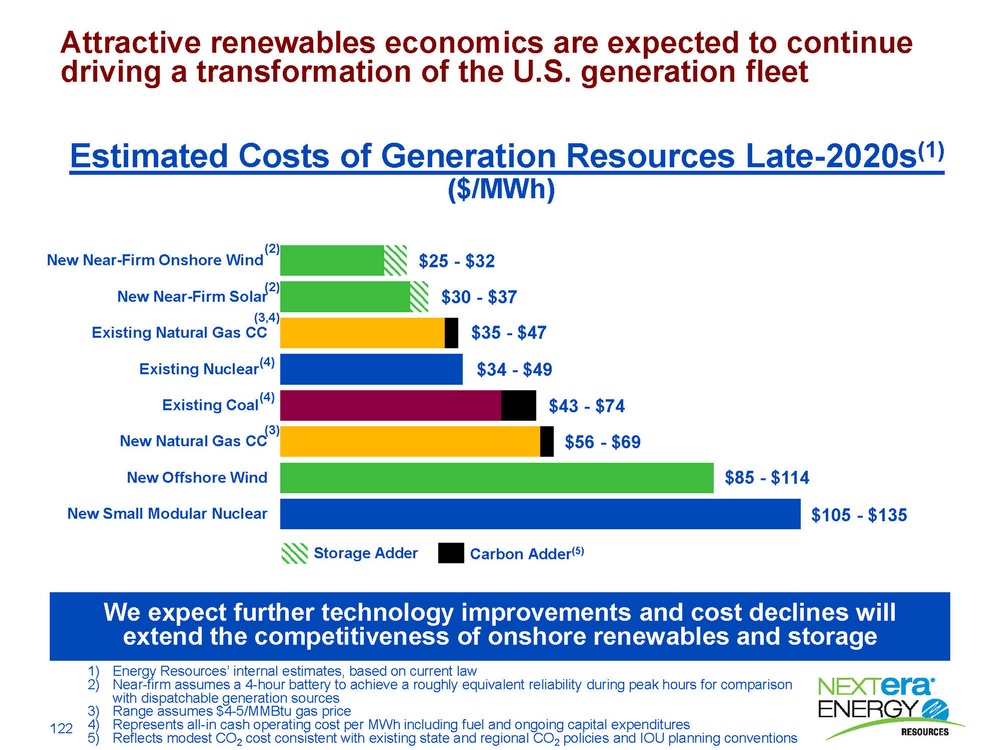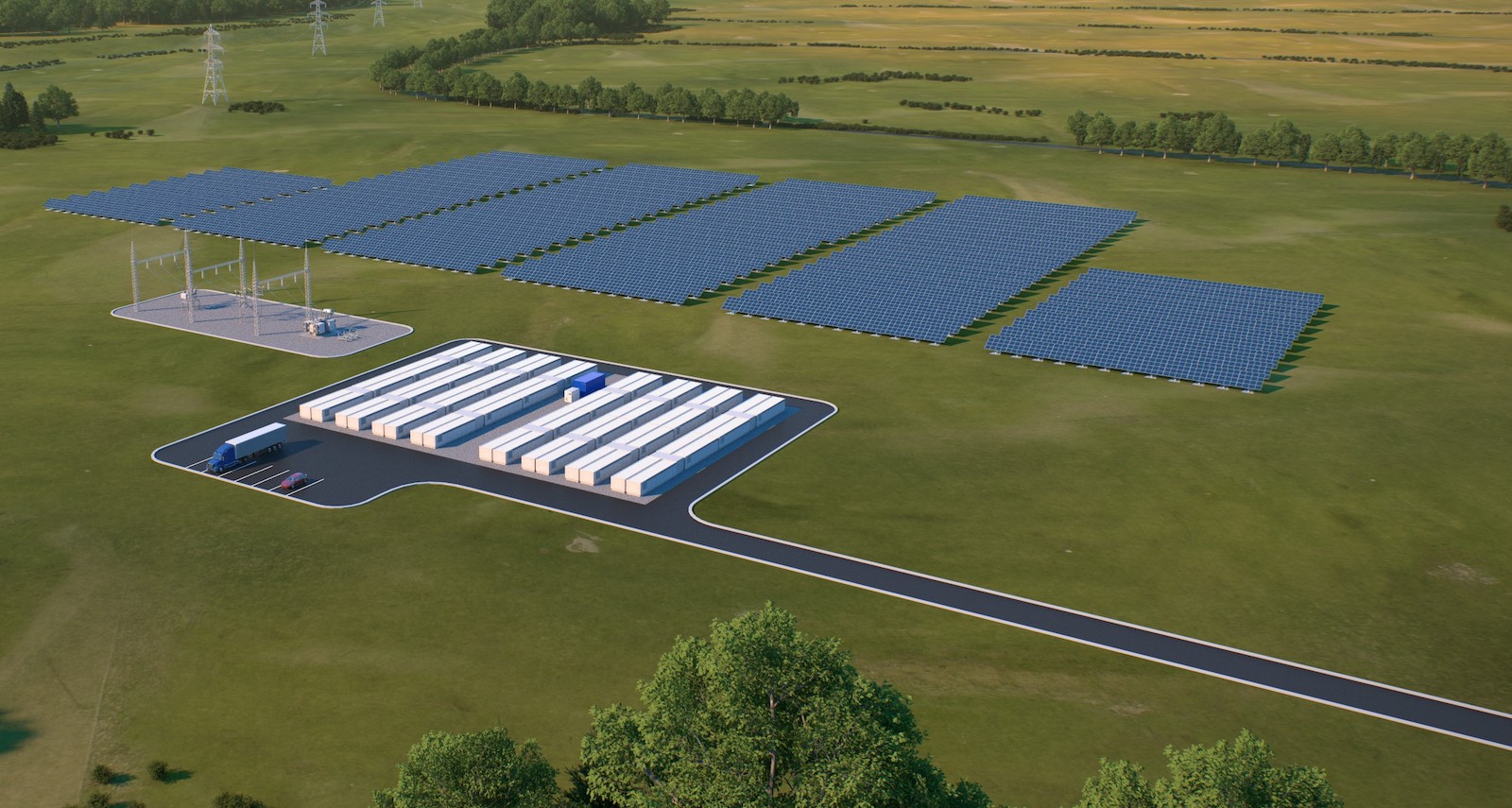[ad_1]
Join each day information updates from CleanTechnica on e-mail. Or observe us on Google Information!
We not too long ago obtained this from the NRDC, in an article, “We Can’t Let Growing old Transmission Stall Clear Power Progress,” printed at CleanTechnica:
“The excellent news is that there’s an abundance of fresh power ready to get on-line. The truth is, there are about 2,000 gigawatts of recent sources — primarily renewables and storage — ready to connect with energy grids throughout the nation. That’s greater than the mixed output of all energy vegetation working in the US at this time. The dangerous information is that on account of an out-of-date interconnection course of, it now takes greater than 5 years on common for brand spanking new turbines to maneuver from software to business operation. Most tasks by no means get constructed, partly due to the delays.”
As a lot as I respect the NRDC, I feel that if we get what we actually want most, we’d not want extra transmission traces.
I need to begin with a easy assertion that some folks assume unbelievable: “We can’t energy our grid with baseload energy alone.” I’ll admit that it’s theoretically attainable to energy the grid solely with baseload vegetation, however just for a really transient time, maybe on the order of 5 minutes.
That is the flip facet of the argument in opposition to renewable power: “The solar doesn’t at all times shine and the wind doesn’t at all times blow.” It’s equally true that baseload energy shouldn’t be ample all by itself. Sunshine and wind are incapable of powering the grid all by themselves due to variable or intermittent output. Baseload energy vegetation are incapable of powering the grid all by themselves as a result of they’re too rigid to satisfy steady adjustments in demand.
To handle the grid, it’s completely essential to make certain that the demand for electrical energy and the provision of electrical energy match as carefully as attainable. In an excessive case when there’s not sufficient energy to satisfy demand or there’s an excessive amount of energy for the demand, vital gear can get burned out. Both case may greatest be averted by shutting down the grid altogether.
The Outdated Paradigm, Constructed On Baseload Energy
Think about what baseload energy is. Wikipedia says, “The bottom load (additionally baseload) is the minimal degree of demand on {an electrical} grid over a span of time.” It goes on to say, “Energy vegetation that don’t change their energy output shortly, akin to giant coal or nuclear vegetation, are typically known as baseload energy vegetation.” Along with coal and nuclear, baseload energy vegetation embody some sorts of pure gasoline vegetation and geothermal vegetation. Some hydroelectric vegetation are used to offer baseload energy.
Clearly, we can’t energy the grid for any size of time utilizing energy vegetation which might be meant solely to offer solely the minimal demand. So there should be different sorts of vegetation which might be constructed to cowl instances when the demand exceeds the minimal, which is nearly 100% of the time. The vegetation offering additional energy embody load-following vegetation and peaking vegetation, traditionally typically fueled by diesel, however today principally by gasoline. Additionally, some hydroelectric vegetation can alter their output inside a couple of minutes, and so are used to observe the load.
There’s a motive why baseload energy vegetation had been deliberately designed to not observe the load. It was to make the electrical energy they generated as low-cost as attainable. Taking a coal-burning plant for instance — the boiler is big, and whereas there are methods of adjusting output shortly in a boiler that measurement, they’re very costly, so the designs of baseload vegetation don’t embody them.
Baseload vegetation are inclined to share sure traits. Most are close to water to chill them, as a result of most are solely about 40% environment friendly, so 60% of the warmth they create must be eliminated. Mixed-cycle gasoline vegetation are the exceptions to this, as a result of they are often as a lot as 60% environment friendly, so they’re barely simpler to chill. Baseload vegetation will be constructed so that they don’t want water for cooling, however meaning costly investments in things like cooling towers many individuals affiliate with nuclear energy. Cooling towers are constructed at coal and gasoline vegetation additionally.
Baseload energy vegetation sometimes additionally have to have quick access to transportation methods that permit them to get gasoline. Coal vegetation often have entry to railheads or wharfs for that reason. Baseload pure gasoline vegetation will need to have gasoline pipelines.
Since baseload vegetation solely present a set quantity of electrical energy to cowl the minimal load, load-following vegetation and peaker vegetation that observe adjustments in demand and canopy masses in extra of the minimal are wanted, however they produce very costly electrical energy. In addition they don’t ramp up or down all that shortly. Which means the system operator has to make use of some means to regulate the electrical energy provide to satisfy demand shortly, which will be completed by resorting to such mechanisms as altering the speed at which AC energy cycles. This must be completed inside a slim allowable vary.
We should always observe that peaking and load-following vegetation are not being constructed a lot, as a result of the electrical energy from batteries prices quite a bit much less and supply a capability to vary output nearly immediately. The price of battery storage has declined nearly repeatedly. Coal and gasoline vegetation want backup, however the most effective backup could be the most affordable now, batteries.
A Completely different Paradigm, Constructed On Renewable Energy
Issues have modified since 100 years in the past. In some methods, most of that change occurred within the final twenty years. The prices of wind energy, solar energy, and batteries have been declining for a very long time at double-digit compound charges. We should always take into consideration how these work collectively.
The solar tends to shine on the instances which might be the least windy, and the wind tends to blow hardest on the instances when the solar shouldn’t be shining brightly. The wind is strongest at evening and within the winter. Meaning a mix of photo voltaic and wind will come closest to offering steady energy. However steady is greatest completed with some backup, akin to a battery.
One factor about distributed energy methods primarily based on renewables is that they’re scalable. Electrical grids can vary from being a number of solar-powered circuits in a home to giant methods offering electrical energy for broad geographical areas. Moreover, the broad areas of a grid can embody minigrids, and these will be made up of smaller grids, microgrids, which could be made up of even smaller models working on the family degree. And these can all be made to face alone within the case of failure of the bigger grid.
Photo voltaic and wind energy will be sited extra simply than baseload vegetation. They don’t want gasoline, so they don’t have ongoing wants for particular transportation. Since they don’t function by combustion, they don’t have vital cooling wants. They will go up the place they’re wanted. Whether or not they do or not is a separate problem.
As the prices of the producing and storage parts of the general distributed system have declined, so has the price of electrical energy. NextEra Power’s June 2022 Investor Presentation had some fairly exceptional materials in it. For one factor, it spoke to the thought of “near-firm” photo voltaic and wind energy. The time period implies that the sources are very dependable for producing dispatchable power at peak demand instances. Within the report, NextEra Power stated it could not spend money on thermal vegetation, whether or not combustion or nuclear, within the subsequent ten years, however would as an alternative focus solely on photo voltaic, wind, and power storage. The graph on web page 122 of the report reveals why NextEra power got here to the conclusions it did. They foresee new near-firm wind and near-firm photo voltaic out-competing the rest, new or already current.

We should always observe that photo voltaic and wind, backed up sufficiently with batteries, cannot solely carry out in addition to baseload vegetation, however when backed up with combustion vegetation, they might do that in a way that may forestall the grid from happening in a wide-scale blackout, akin to we now have seen previously. Moreover, they might do that at decrease value and with out the huge air pollution thermal vegetation make. Lots of people have foreseen these items. However one argument I really feel compelled to boost is that this work could be completed with none new transmission traces.
One approach to keep away from transmission traces is to establish geographical areas that may run on self-supporting minigrids or microgrids and develop these methods. This may place producing services close to sufficient to the place their electrical energy is required that transmission traces are usually not a difficulty. But additionally, each time that kind of work is completed, it’s going to scale back the load on the present transmission buildings.
The conversion from the previous paradigm to such a brand new one as I’ve described would require one factor that doesn’t but exist, which is building of recent batteries. For many who don’t know, one in all these is the Type Power iron-air battery system that has been featured in quite a few articles at CleanTechnica, together with examples by Steve Hanley and by Tina Casey.
My very own conclusion is that we actually shouldn’t be held up by an absence of transmission traces. For my part, that shortfall holds us up solely as a result of we expect it does. Maybe that tells us what we now have to do: Simply cease considering like we’re nonetheless previously, in an previous paradigm.
Have a tip for CleanTechnica? Wish to promote? Wish to counsel a visitor for our CleanTech Discuss podcast? Contact us right here.
Our Newest EVObsession Video
https://www.youtube.com/watch?v=videoseries
I do not like paywalls. You do not like paywalls. Who likes paywalls? Right here at CleanTechnica, we carried out a restricted paywall for some time, but it surely at all times felt incorrect — and it was at all times robust to determine what we should always put behind there. In idea, your most unique and greatest content material goes behind a paywall. However then fewer folks learn it!! So, we have determined to utterly nix paywalls right here at CleanTechnica. However…
Thanks!
CleanTechnica makes use of affiliate hyperlinks. See our coverage right here.
[ad_2]

